Industrial Plunger Gear Pump are indispensable fluid conveying equipment in many key industries such as petrochemical, pharmaceutical, food processing and precision manufacturing. In order to ensure its long-term, stable and efficient operation, regular maintenance and servicing are essential.
1. Regular Lubrication
Importance: The lubrication system is the prerequisite for the low-friction and high-efficiency operation of the internal parts of the plunger gear pump. Gears, bearings and plungers are subject to high loads during operation. Lack of oil or deterioration of oil quality will lead to accelerated wear and even equipment jamming.
Maintenance recommendations:
Use the lubricating oil or grease specified by the pump manufacturer and avoid using incompatible oils.
Check the oil level before each operation to ensure that it is within the recommended scale range.
Replace the lubricating oil regularly, especially in high temperature or heavy load operating environments, where the oil is more likely to deteriorate.
Check the filter of the oil pump or lubrication system to remove sediment and impurities.
2. Monitor for Unusual Noises or Vibrations
Importance: Abnormal noise or vibration is often an early sign of loose internal components, bearing wear or abnormal gear meshing.
Maintenance recommendations:
Operators should be familiar with the normal operating sound of the equipment to facilitate the identification of subtle changes.
Use a vibration analyzer or acoustic wave detector to check the equipment regularly.
If any abnormality is found, such as "metal friction sound", "knocking sound" or sudden vibration, stop the machine immediately for inspection.
Check whether there are problems such as bearing damage, axis deviation or loose fixing bolts.
3. Inspect seals and gaskets
Importance: The integrity of the seal directly affects the sealing performance of the pump. Once leaking, it will not only affect the efficiency, but also may cause environmental pollution or liquid loss.
Maintenance suggestions:
Check the dynamic and static seals, shaft seals and gaskets of each flange interface.
If leakage, aging, cracks or hardening are found, they should be replaced immediately.
Use materials that are compatible with the medium (such as nitrile rubber, fluororubber, PTFE, etc.).
Pay attention to whether the clamping force during installation is appropriate to avoid gasket rupture due to excessive clamping.
4. Check for Shaft and Gear Wear
Importance: After long-term operation, fatigue cracks, pitting, wear or peeling may occur on the surface of gears and plungers, affecting the flow and pressure output of the pump.
Maintenance suggestions:
Periodically stop the machine to disassemble and inspect the internal transmission structure to observe whether the gear meshing is smooth, whether there is a gap or slippage.
Check whether the plunger has strain, scratches or dimensional wear.
Severely worn parts should be replaced in time to prevent further damage to the surrounding structure.
If conditions permit, a video endoscope can be used for auxiliary inspection.
5. Keep the Pump Clean
Importance: Dust, oil and external contaminants may accumulate on the outside of the pump body or in the vents and cooling system, affecting operating efficiency and even causing overheating.
Maintenance suggestions:
Clean the surface of the pump body with a clean cloth or compressed air after each use.
For equipment exposed to flammable and corrosive environments, anti-corrosion coatings should be used and protective covers should be set.
Clean impurities in the filter, suction pipe and return pipe.
Rinse the pump chamber regularly (if applicable) to prevent residual liquid from scaling or crystallization.
6. Maintain Proper Alignment
Importance: If the shaft centering accuracy of the pump and motor does not meet the requirements, it will cause vibration, increased noise, coupling damage and even shaft breakage.
Maintenance suggestions:
Use a laser alignment instrument or professional measuring tools for precise alignment during installation.
Check whether the coupling is eccentric, loose or worn.
For systems with soft couplings, confirm that the elastic element is not deformed or detached.
Recalibrate the alignment every time the motor is replaced or the equipment is disassembled.
7. Monitor Operating Conditions
Importance: The designed flow, pressure and temperature of the pump are the basis for its safe operation. Deviating from the normal range may cause overload, reduced efficiency or part damage.
Maintenance suggestions:
Install and regularly calibrate sensors such as pressure gauges, thermometers, and flow meters.
Set the alarm range, and automatically shut down or alarm if the parameters are abnormal.
Perform trend analysis on historical data to predict potential failures.
In high temperature environments, it is recommended to install air cooling or water cooling devices.
8. Replace Worn Bearings Regularly
Importance: Bearings are the supporting core of rotating parts. Any looseness, increased friction or lack of oil may cause bearing failure.
Maintenance suggestions:
Develop a replacement cycle based on operating time and load conditions (usually check every 6-12 months).
Check whether the bearing is hot, makes a harsh noise or shakes.
Be careful to avoid uneven force on the bearing or deformation due to knocking when disassembling.
Use high-quality, original factory-recommended replacement parts and add appropriate grease.
9. Develop and implement a preventive maintenance plan (Follow a Preventive Maintenance Schedule)
Importance: Compared with "waiting for it to break before repairing", preventive maintenance can greatly reduce equipment failure rate, extend pump life, and reduce maintenance costs.
Maintenance recommendations:
Develop daily, weekly, monthly and quarterly overhaul plans based on the frequency of equipment use.
Use maintenance logs to record all operations, anomalies, repairs and parts replacement times.
Combined with digital operation and maintenance systems, use sensors to achieve remote monitoring and predictive maintenance (such as IoT).
Review maintenance records regularly to optimize maintenance cycles and content.


 English
English русский
русский عربى
عربى

.jpg)
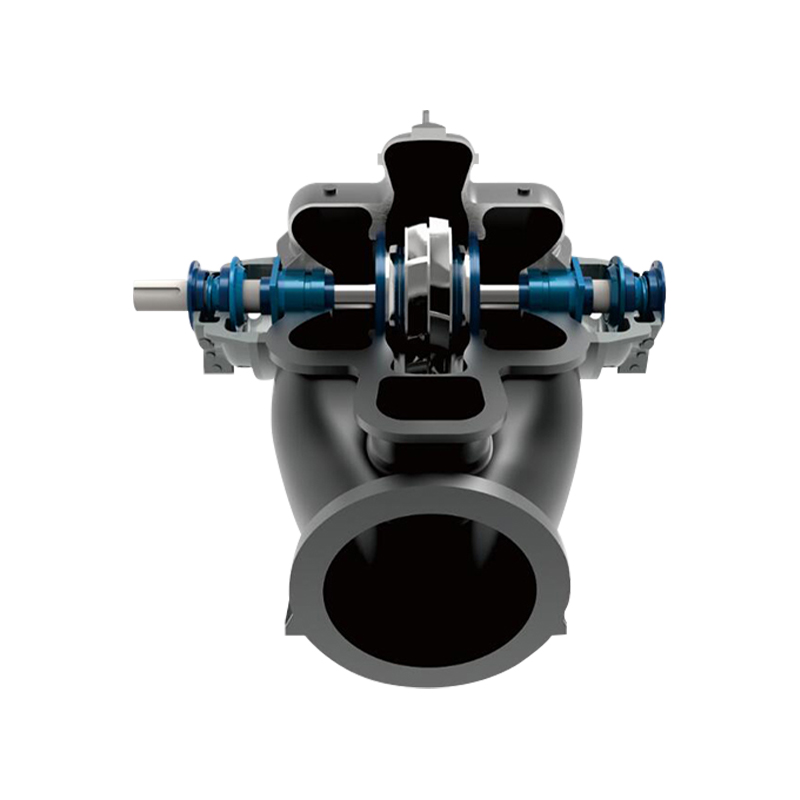
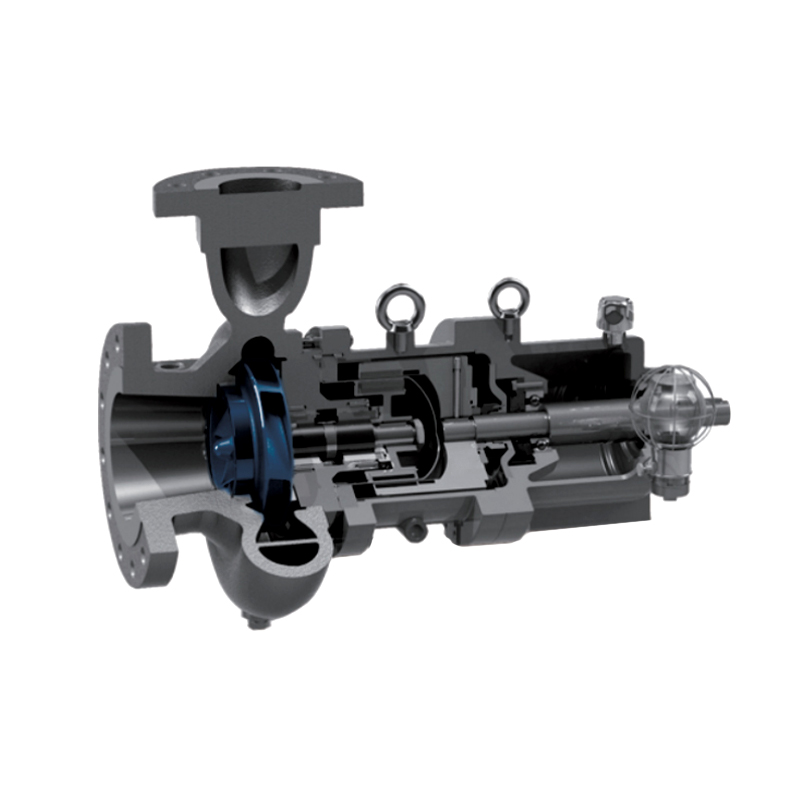

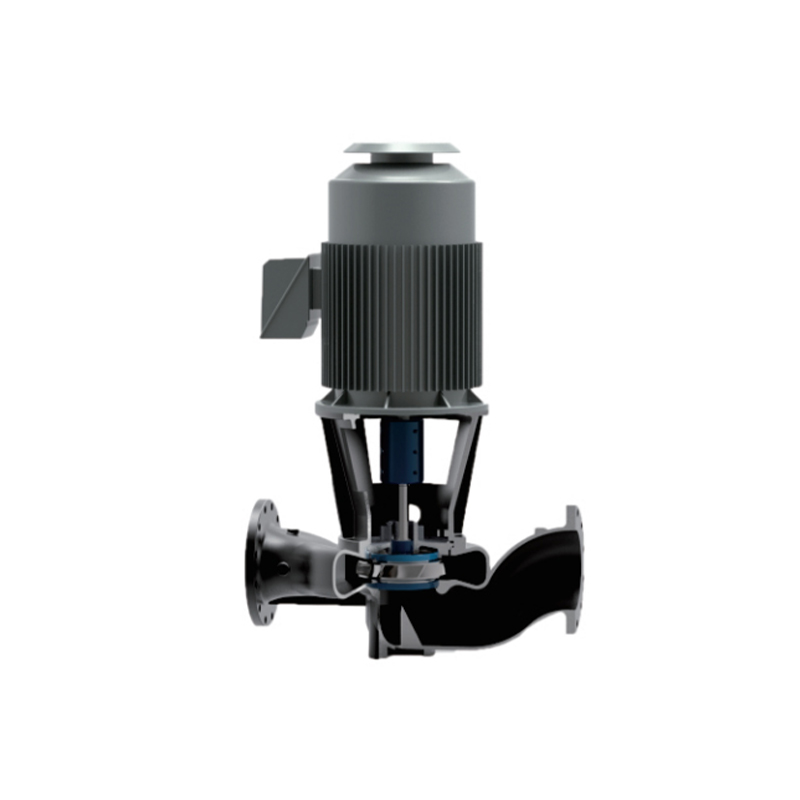

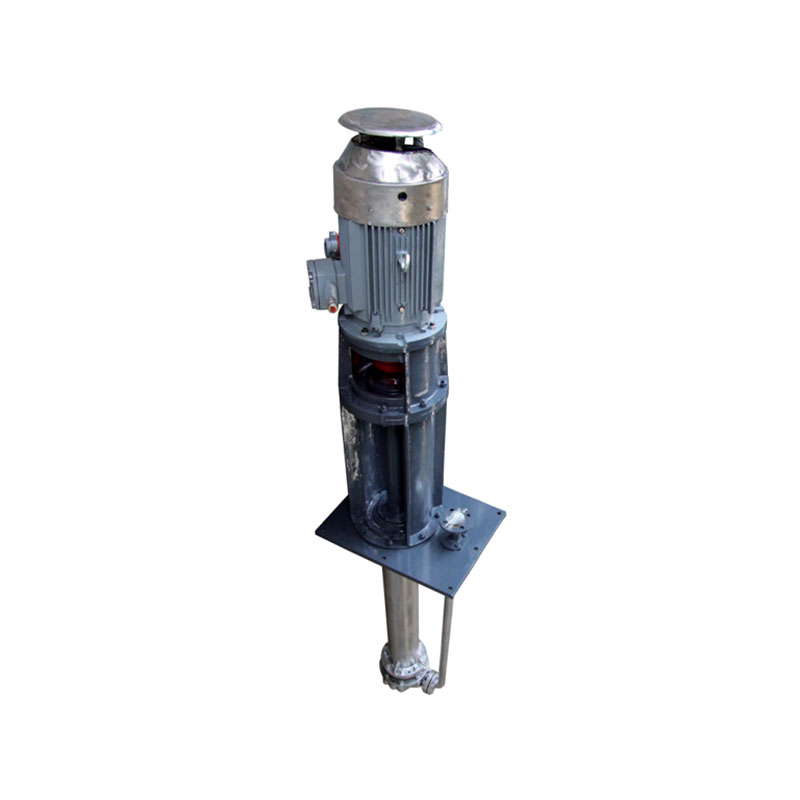
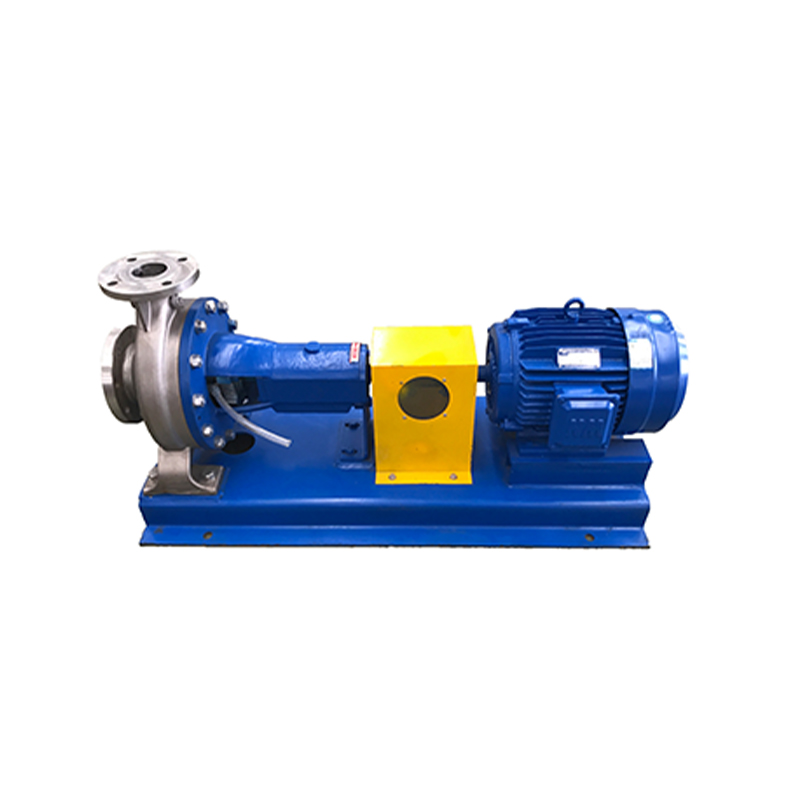

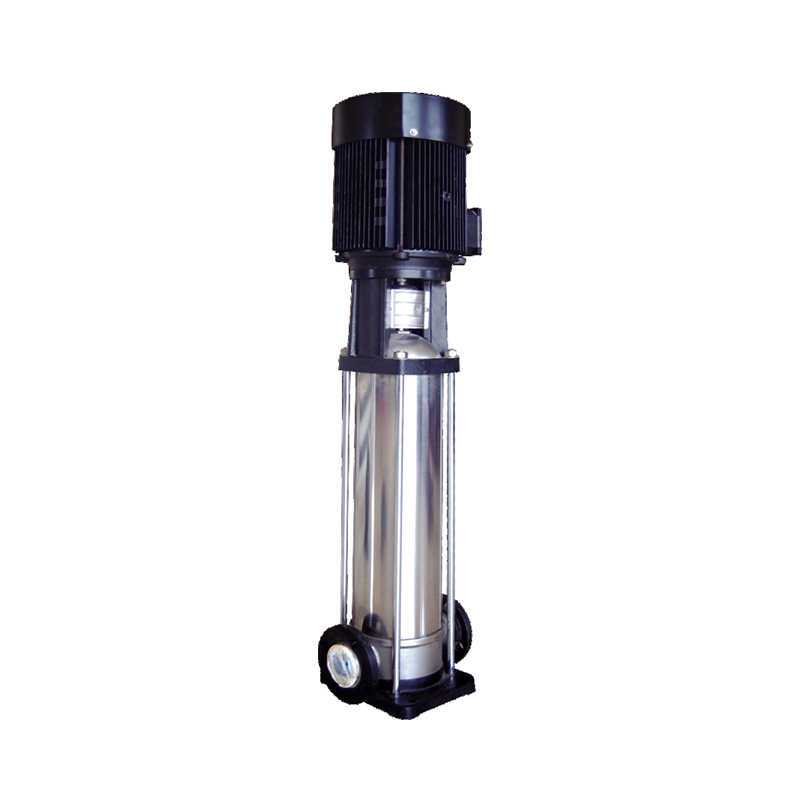






 ENG
ENG

 TOP
TOP